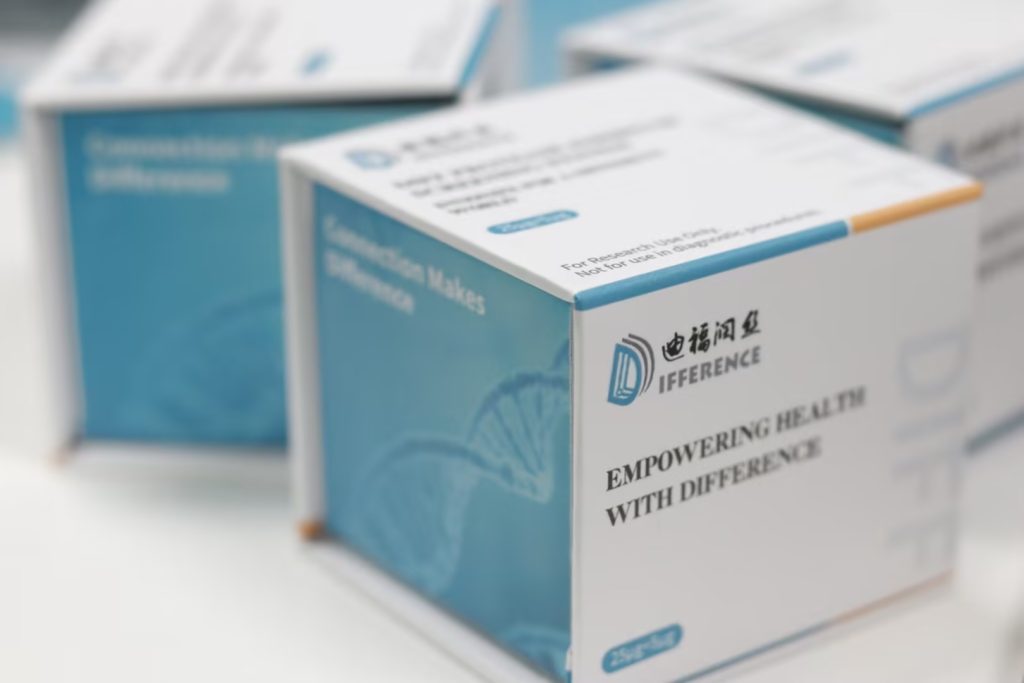Protease inhibitor screening is an important step in the drug development process, aimed at quickly and accurately selecting biologically active inhibitors from a vast library of compounds. The following is a detailed overview of protease inhibitor screening methods:
1、 Traditional screening methods
Traditional screening methods typically include laboratory experiments and cell experiments, which, although accurate, are time-consuming and costly. Laboratory experiments mainly detect the inhibitory effect of compounds on protease activity through biochemical reactions, while cell experiments evaluate their inhibitory effect by observing the effects of compounds on cell growth or virus replication. However, traditional methods are limited by the insufficient number of sampled compounds, often making it difficult to find ideal candidate molecules.
2、 Modern screening techniques
In order to overcome the limitations of traditional methods, modern screening techniques have emerged, including high-throughput screening (HTS), DNA coding chemistry (DECL), and virtual screening.
High throughput screening (HTS)
HTS is a screening method that can simultaneously process a large number of compounds. Through automation and parallel processing techniques, tens of thousands of compounds can be screened in a short period of time. In protease inhibitor screening, HTS is widely used for rapid screening of compound libraries to discover molecules with potential inhibitory activity. For example, a study used the HTS method to screen 5370 compounds in the Targeted Mol Bioactives library and successfully discovered compound GC-376 that can inhibit SARS-CoV-2 virus replication.
DNA Coding Chemistry Technology (DECL)
DECL is an innovative screening method that combines compounds with DNA tags to achieve rapid screening and identification of compound libraries. In protease inhibitor screening, DECL technology can construct libraries containing billions of compounds and select compounds with binding activity through affinity selection with proteases. For example, a study used DECL technology to screen inhibitors for the main protease Mpro of SARS-CoV-2 virus, and successfully discovered the compound CDD-1713 with high inhibitory activity.
Virtual filtering
Virtual screening is a computer simulation based screening method that uses structural analysis and docking prediction of compound libraries to screen candidate molecules that may bind to proteases. Virtual screening has the advantages of low cost, fast speed, and high efficiency, which can greatly shorten the drug development cycle. In protease inhibitor screening, virtual screening is widely used to screen ultra large chemical molecule libraries to discover molecules with potential inhibitory activity. For example, some studies have used virtual screening strategies to search for inhibitors of the major proteases of SARS-CoV-2 in a super large chemical molecular library, successfully discovering non covalent major protease inhibitors with nanomolar affinity.
3、 Filtering strategy and steps
The screening of protease inhibitors usually includes the following steps:
Building a compound library: Construct suitable compound libraries based on research objectives, including natural product libraries, synthetic compound libraries, etc.
Selection of screening methods: Choose appropriate screening methods based on experimental conditions and requirements, such as HTS, DECL, or virtual screening.
Screening experiment: Conduct experiments according to the selected screening method to screen compounds with potential inhibitory activity.
Activity validation: Further validate the screened compounds to confirm their inhibitory activity and specificity.
Structural optimization and synthesis: Optimize and synthesize the structure of active compounds to improve their inhibitory effects and drug metabolic properties.
4、 Summary and Prospect
Protease inhibitor screening is a crucial step in drug development, and the application of modern screening techniques greatly improves screening efficiency and accuracy. In the future, with the continuous development of technology, more efficient and accurate screening methods will be developed to provide stronger support for drug research and development. Meanwhile, interdisciplinary collaboration and data sharing will also become important trends in the field of protease inhibitor screening, driving rapid development and progress in this area.
Which company is good for protease inhibitors?


